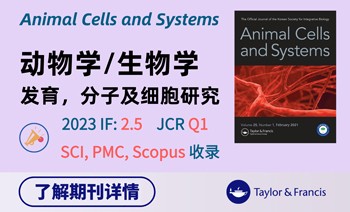Journal of World Prehistory ( IF 3.8 ) Pub Date : 2021-06-07 , DOI: 10.1007/s10963-021-09154-8
Elizabeth Baker Brite

|
The study of agricultural origins has been revolutionized by genomic science. Whole genome sequencing of plant domesticates opens a door to multiple new approaches by which the timing, nature, and geography of human selective pressures on the evolution of domesticated species might be detected. These new scientific pathways greatly enhance understandings of domestication as an evolutionary process, but they also renew long-standing questions for archaeologists about whether and how to perceive human agency in the ancient past of human–plant interspecies relations. Due to its importance as a global commercial crop, the apple (Malus x domestica Borkh.) was the tenth plant genome to be successfully sequenced in 2010. The genomic record of the apple reveals a deep history of human–plant co-evolution by unconscious selection, domestication through hybridization, and a phylogeographic origin in Central Asia. The first two of these insights document a domesticate that has evolved from protracted and unconscious processes, but the third—the identification of the progenitor Malus sieversii (Ledeb.) M. Roem. in Central Asia, and the necessary corollary that its hybridization arose along the ‘Silk Road’—invites further discussion about the roles of human agency and intentionality in the initial stages of plant domestication. This paper presents a review of apple domestication studies in archaeology and genetics and considers the problematic of Central Asia and the Silk Road in the current paradigm shift of agricultural origins research.
中文翻译:

苹果的起源于中亚
基因组科学彻底改变了农业起源的研究。植物驯化的全基因组测序为多种新方法打开了大门,通过这些新方法可以检测人类选择压力对驯化物种进化的时间、性质和地理。这些新的科学途径极大地增强了对驯化作为进化过程的理解,但它们也给考古学家提出了一个长期存在的问题:是否以及如何感知古代人类与植物种间关系中的人类能动性。由于其作为全球经济作物的重要性,苹果 ( Malus x Domestica Borkh.) 是 2010 年第十个成功测序的植物基因组。苹果的基因组记录揭示了人类与植物在无意识下共同进化的深厚历史。选择、杂交驯化以及中亚的系统发育地理起源。这些见解中的前两个记录了从长期和无意识的过程中进化而来的驯化,但第三个是对祖先Malus sieversii (Ledeb.) M. Roem的识别。中亚的植物,以及其杂交沿着“丝绸之路”出现的必然推论,引发了对人类能动性和意向性在植物驯化初始阶段的作用的进一步讨论。本文综述了考古学和遗传学方面的苹果驯化研究,并思考了当前农业起源研究范式转变中的中亚和丝绸之路问题。































 京公网安备 11010802027423号
京公网安备 11010802027423号